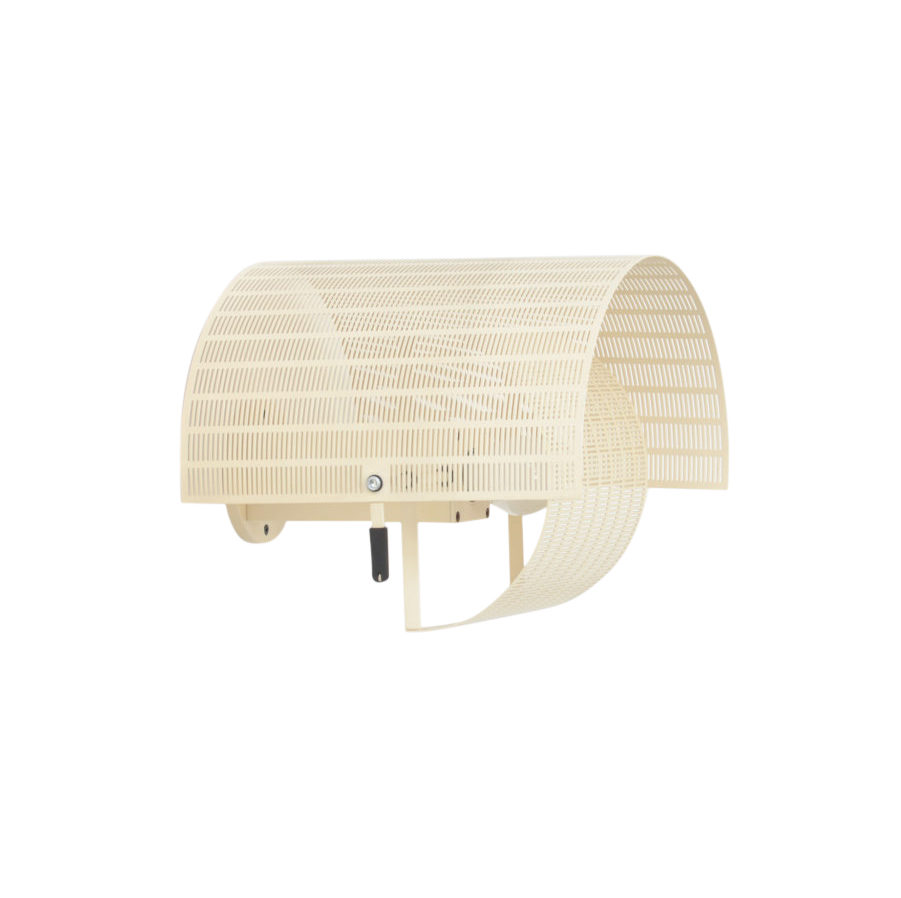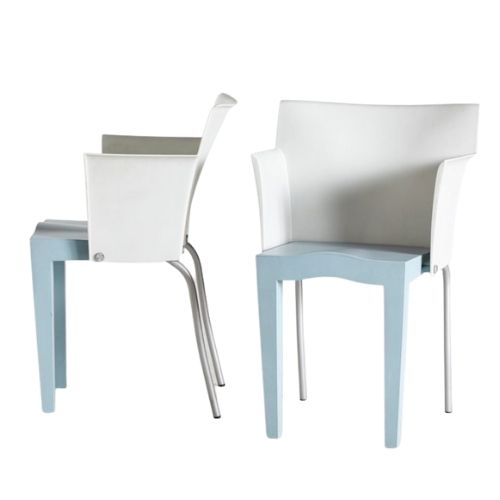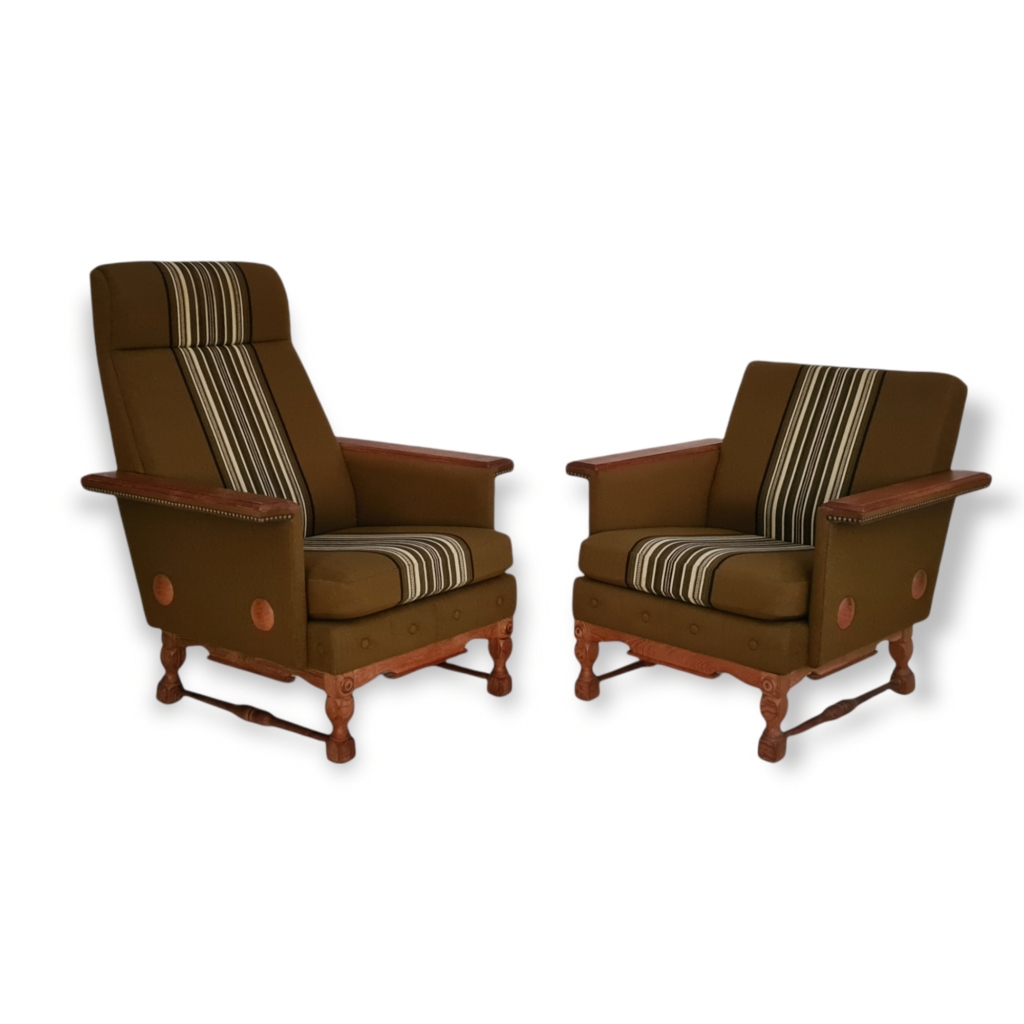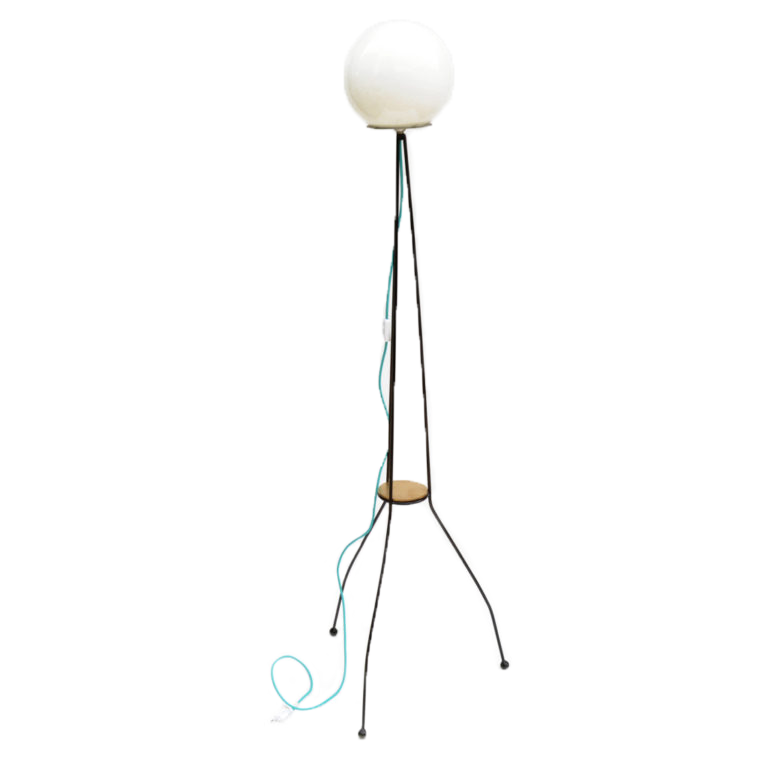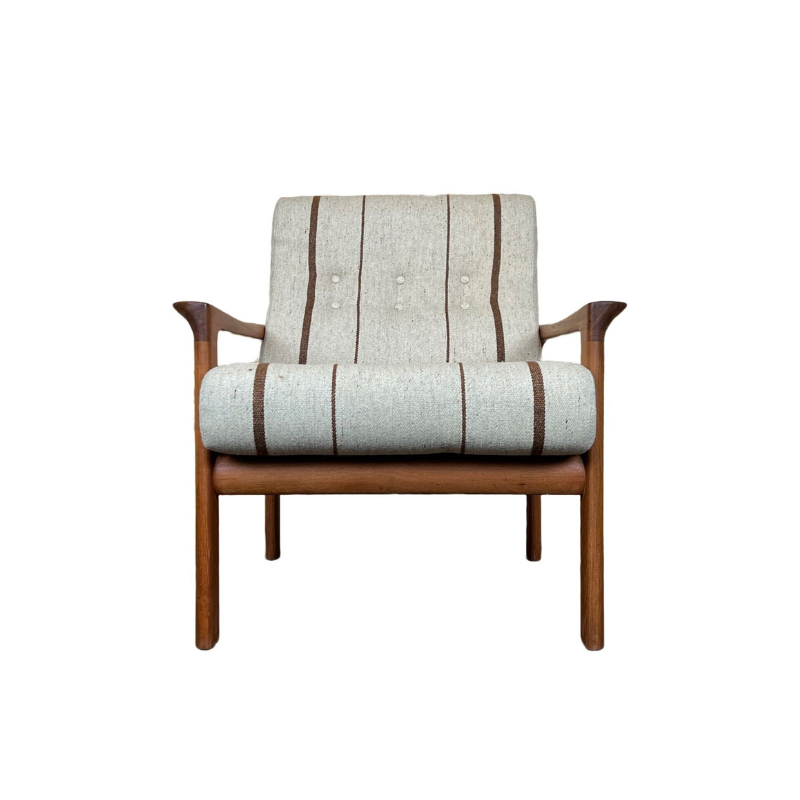We're currently working on creating an article about the issue of fake design furniture and highlighting the problems that arise as a result of its distribution.
We've put together a few initial points that could lead to some interesting writing. Please see below.
1. Copy furniture and design is being sold in UK and having done some initial research it seems that little can be done legally to stop it.
2. Large/ influential magazines and newspapers let copy companies advertise with them.
3. In advertising, the names and models of the originals are mentioned too.
4. Wendell Castle made the Molar chair in fibre glass. The chair was apparently never stamped so it is very easy to fake it. The copies of this chair appear to be so good there is no way to tell the difference.
5. Aarnio's ball chair is also very difficult to tell the difference between real and fake because sometimes the originals are not labelled.
6. Apparently Hermann Miller stickers are also being offered on eBay. These can be stuck onto fake pieces.
If you have any contribution that you feel would help highlighting these issues or if you know of any specific examples, please get in touch.
DO NOT forget the very real, very proper and utterly legal issue of
Public Domain.
If a design has entered the public domain and there is no owner of the actual design patent, then reproductions are totaly fair, legal and absolutely valid. Owning the NAME of a design or a designer does NOT stop the actual product design from being in the public domain. Not including this distinction in your article will greatly diminish its validity.
Many people get all worked up about 'knock-offs' that are totally valid legal products. Fake is indeed Fake only if the quality is substandard, the design spec is not honored or someone's legal ownership of the product's design has been impinged upon. Otherwise than that it's all smoke and mirrors to claim ownership of a design because you've trademarked it's (or the designer's) name. That is nearly as underhanded and despicable as the knockoffs themselves. Knoll and HM are great companies, but they have been 'pulling the wool' to get folks to think that they must spend gazillions of dollars to own good design. I despise monetary raping as much as I do the shoddy production of classics. that's why I buy very few MCM pieces.
Point of Disagreement
Olive your point about things being in the public domain is valid, but I disagree that HM and Knoll are "pulling the wool" over anyone's eyes. For all the bickering back and forth about knock-offs the one near-universal truth is : you get what you pay for. I've seen LOTS of knock-offs and I have seen precious few that come even close to the quality of the authentic pieces. I dont doubt that some exist out there, but they are very few and far between.
Of course any article should be balanced and fair, but that means encompassing ALL aspects of the industry - what may be legal may not be humanitarian, environmentally friendly, or economically wise in the long run.
And, to swing back to the legality issue - the Eames Lounge, the Barcelona, the Navy Chair, and the Noguchi table - some of the most frequently copied pieces are NOT in the public domain. They fall into a category of 'incontestable status', which affords them full legal protections under the US Patent office. Anybody copying them can be sued if there is evidence that the general public will be confused about which is the authentic pieces vs. the copy.
Furthermore, applying the name of the designer to a copy IS illegal if the authentic producer has trademarked that name - as Eames, Nelson, Saarinen etc. are.
Frankly, the way to thwart fake design is simple...
You cut the price of the authentic, until the price/profit margin is small enough that there is no incentive to produce, or buy, the fake.
Sell to the masses, eat with the classes.
Sell to the classes, eat with the masses.
Much modernist design was intended to be highly cost competitive vs. traditional designs.
Producers with the right to call their vintage modern designs authentic need to cut their prices, or quit complaining. They are creating the demand for copies by the prices they charge.
Now, I know quality is often costly and so requires a high price to make a reasonable profit. But if one is selling quality, then one has to take good of high quality at a high price (high profit margins, low volume) with the bad (lots of knock-offs made like crap selling for diddly).
Producers in every sector of the economy have complained about this sort of thing unsuccessfuly at least since the industrial revolution began.
Every great economy during the industrial revolution started out in the beginning knocking off other more advanced economy's high quality products.
Regarding the rats that sell cheap copies with counterfeit stickers, etc., I hope they rot in hell, but, again, economic history indicates that it happens again and again and there's little to be done in these periods when the teeth have been taken out of the laws in order to fast track regional and global trade integrations.
lucifersum the name ...
lucifersum the name Herman miller uses in all lawsuits
is violation of Trade Dress, and they have been the most successful of all companies. I have read all the complaints, and decisions
. One reason for the victory is cause they can afford to prosecute the fake manufactures,
Cassina, and Knoll have both gone after cheap knockoffs of the carbusia chair and knoll after the Barcelona chair, knoll got a partial award , that no one can use the name Barcelona, that is why you see the names pavilion chair,and cheap ass companies call it the forum chair, hate to say but this is what is called a hollow victory, more hype than real action,
The crime comes when the fake manafacture takes it upon it self to change the dimensions, so they are with in the scope of there own design,
BUT........
a rule of law is if it walks like a duck, and quacks like a duck , it must be a duck.,
Lucifer Sum
Actually I am with you...quality at the end of the day is one of the the few valid criteria for desision-making. Price and utility being the others. And for me sustainability has become a fourth consideration, although lifespan was always important to me. I was taught to buy the best I can afford, but now that choice may not always be the most sustainable one. So I weigh all these factors in my process of decision-making. As one may have noticed, I am not at all inclined to the impulse buy. I am a marketer's nightmare and yet I was in marketing for years...I guess my scientific pragmatism made me a dispassionate judge of how other people make buying decisions.
Anyway...I own 3 pieces of furniture that are contemporary productions of MCM designs. Nelson Bench, Womb Chair and Wasily Chair. The bench and womb chair are from HM and Knoll respectively. The wassily is from DWR back when they first opened up shop in SF. The bech and the womb were purchased ar 'trade' prices which although still pricey reflect what i consider to be the real value of the craftsmanship and quality of their production. I didn't feel I over spent paying those prices. The retail prices are gluttony in my book. As for the wassily it's a very faithful and well produced 'knockoff' tyhat uses high quality saddle leather, good chrome and is faithful to the original specs to within 1/2 an inch of the seat height. I am very satisfied with them.
In the end it's my favorite saying...Caveat Emptor. I've typed that hundreds of times in this forum, I'm sure, But it's so true. If you don't educate yourself and you buy crap you deserve what you get and you also ignorantly perpetuate the production and sales of heinous copies of masterworks that are like playing Mozart on the kazoo. But it's the buyer who has the power to get it right and create a market for the good stuff over the crap. Sadly most folks are too lazy or impulsive and don't make the effort. Happily, there are the folks like the DA tribe that does think before acting and we make the good buys!
Thank you for your responses
Hi all,
Thank you very much for all the responses. It has given us a lot to think about. When the article comes out I will post in in the forum.
Simon
http://www.luckners.com
Going to Disagree
With DC Wilson. Not all modernist furniture was intended for low-cost markets. And the stuff that was generally is still fairly reasonable: Eames plastic & plywood chairs, Nelson benches, clocks & lamps, the Saarinen table etc. All of the really flamboyant pieces: Eames lounge, Swan Chair, Barcelona etc were intended for a luxury audience - even then.
The idea of Modern as 'affordable' came out of a couple different factors. First, the popularity of the Eames, who DID create many low-cost items - but not all of their objects were low-cost. The other main factor is the rise of mass production vs. the hand produced craft. Creating a chair once required patience, extensive knowledge of craft, and years of woodworking experience. When MCM came along it changed all that.
Now, the prices may SEEM excessive against the giants of mass production today: Ikea, Walmart etc - because they skimp on material, labor, and lasting quality. In reality Modern was more about fulfilling a function, with the best form, and with the best material. Not about low-cost - and comparisons of pricing then and now (adjusted for inflation) prove that. It is revisionist to think about it otherwise.
I mostly agree with...
I mostly agree with LuciferSum above but as a quick aside there is a lot of evidence that chair making as a craft has involved a pretty extensive division of labour and almost production line manufacturing in some areas pre- industrial revolution. Everyone has allways like to work as efficiently as possible and as is still the case today a lot of the easier work was handed over to the apprentices.
If you need any help, please contact us at – info@designaddict.com




